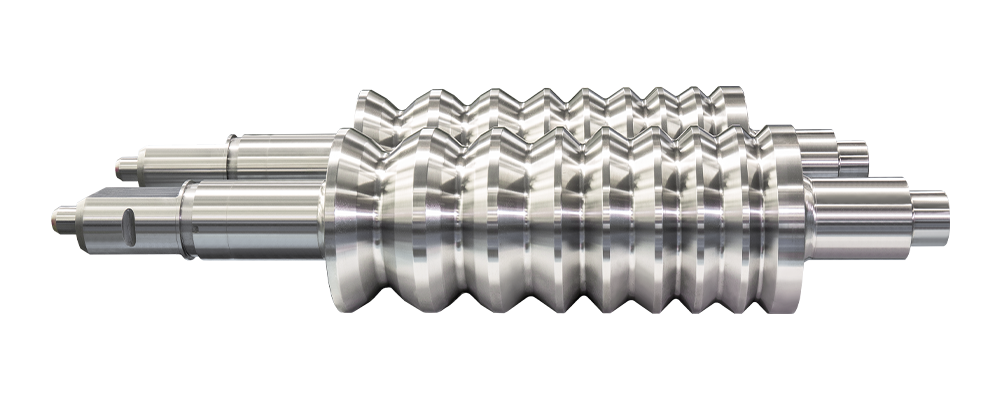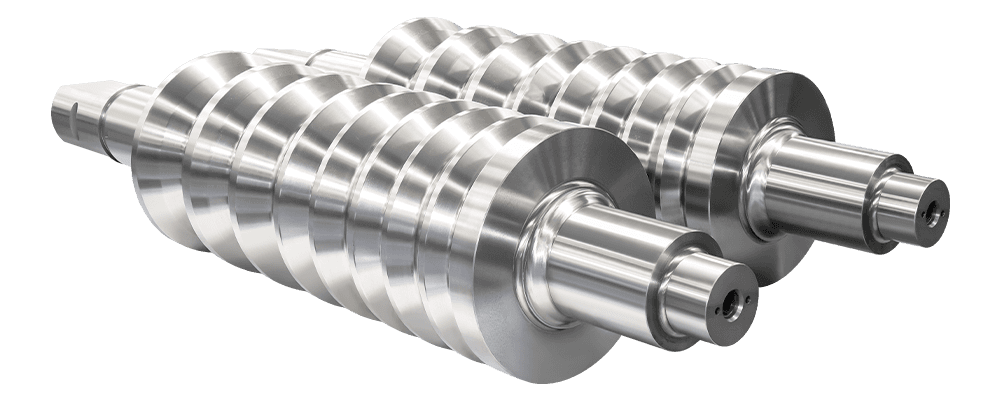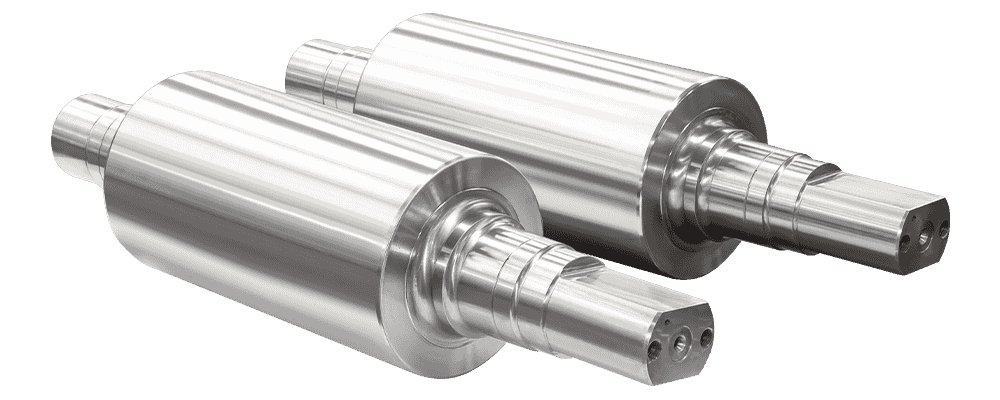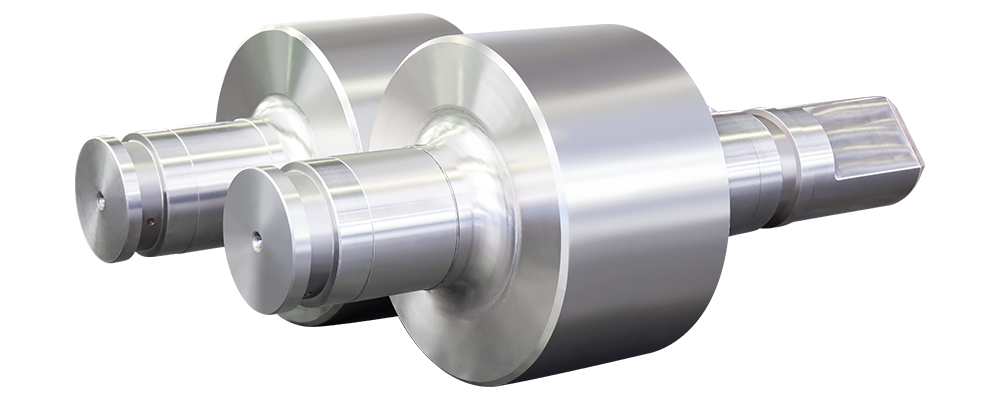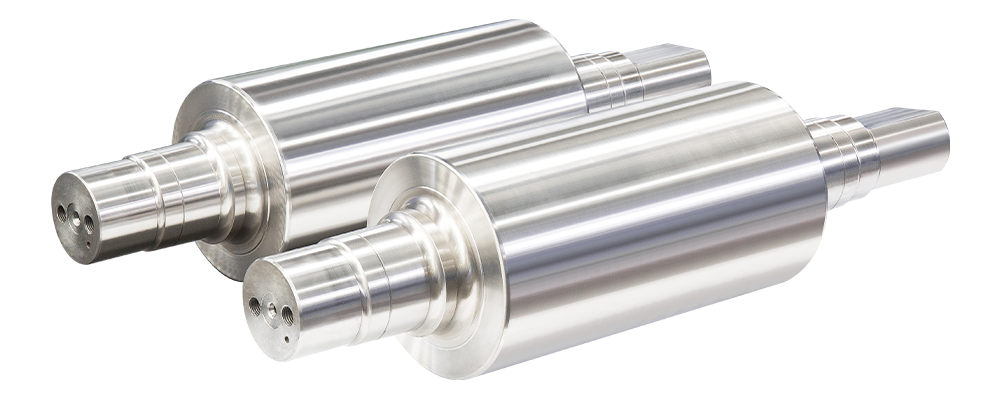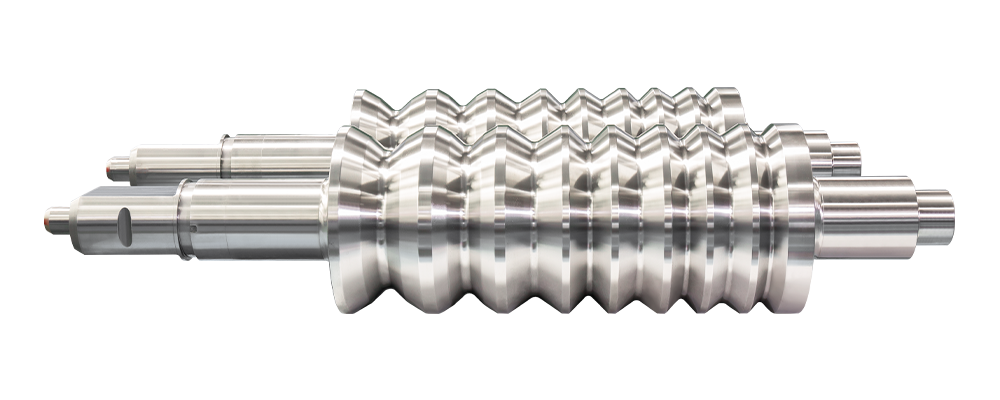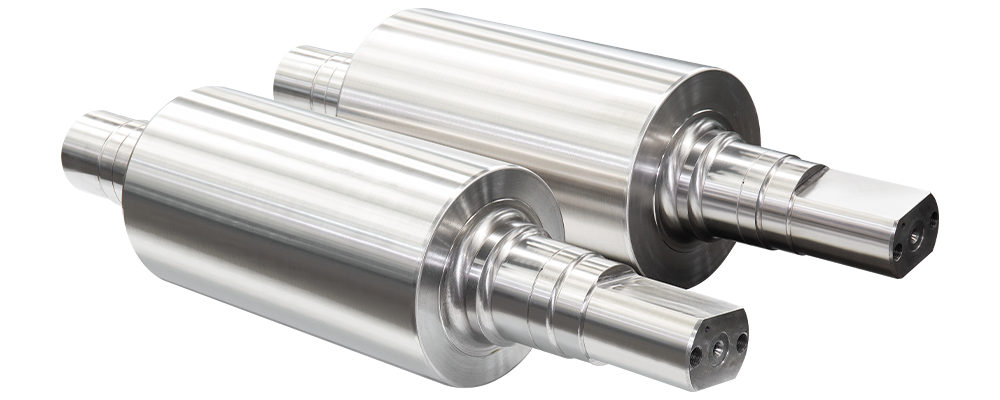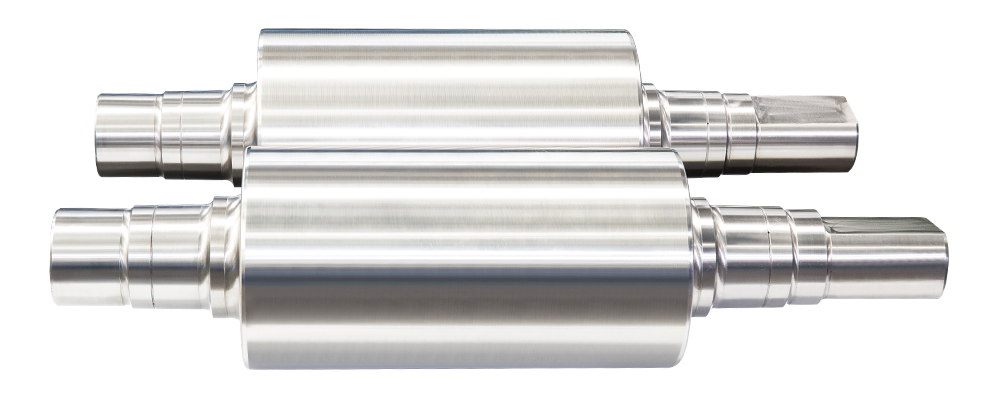Cast steel roll ring is critical components in heavy industrial machinery, offering superior durability and performance in demanding applications. This comprehensive guide explores everything you need to know about these essential industrial components, from manufacturing processes to maintenance best practices.
What is a Cast Steel Roll Ring?
A cast steel roll ring is a circular metal component manufactured through specialized casting processes. These rings serve as wear-resistant surfaces in rolling mills, mining equipment, and other heavy machinery where extreme pressure and friction are constant challenges.
Unlike forged alternatives, cast steel roll rings offer distinct advantages in complex geometries and customized compositions. Their microstructure can be precisely controlled during manufacturing to achieve specific mechanical properties tailored to different industrial applications.
Manufacturing Process of High-Quality Roll Rings
The production of premium cast steel roll rings involves several critical steps:
1. Material Selection and Alloy Design
Manufacturers carefully select alloy compositions based on the intended application. Common alloying elements include:
- Chromium (for hardness and wear resistance)
- Nickel (for toughness and impact resistance)
- Molybdenum (for high-temperature strength)
- Vanadium (for grain refinement)
2. Precision Casting Techniques
Modern foundries employ advanced casting methods to ensure dimensional accuracy and structural integrity:
- Static casting for standard roll rings
- Centrifugal casting for enhanced density
- Continuous casting for specialized applications
3. Heat Treatment Processes
Proper heat treatment is crucial for achieving optimal mechanical properties. Typical treatments include:
| Heat Treatment | Temperature Range | Benefits | Common Applications |
| Normalizing | 850-950°C | Refines grain structure | General purpose roll rings |
| Quenching | 900-1000°C | Maximizes hardness | High-wear applications |
| Tempering | 300-600°C | Reduces brittleness | Impact-resistant rings |
| Stress Relieving | 550-650°C | Prevents distortion | Large diameter rings |
Key Properties of Premium Cast Steel Roll Rings
High-performance cast steel roll rings exhibit several critical characteristics that make them indispensable in industrial settings:
Exceptional Wear Resistance
The carefully controlled microstructure of cast steel provides superior resistance to abrasive wear, significantly extending service life compared to conventional materials.
High Temperature Stability
Special alloy formulations maintain mechanical properties even at elevated temperatures encountered in hot rolling applications.
Impact Toughness
Properly heat-treated cast steel roll rings can withstand significant impact loads without cracking or deformation.
Customizable Hardness Profiles
Through differential heat treatment, manufacturers can create roll rings with varying hardness across the cross-section to optimize performance.
Industrial Applications of Cast Steel Roll Rings
These versatile components serve critical functions across multiple industries:
Steel Rolling Mills
Cast steel roll rings are essential in:
- Hot strip mills
- Plate mills
- Section mills
- Wire rod mills
Mining and Mineral Processing
Heavy-duty applications include:
- Crusher rolls
- Grinding mill rings
- Material handling equipment
Paper Manufacturing
Specialized cast steel rings are used in:
- Press rolls
- Calender rolls
- Yankee dryer shells
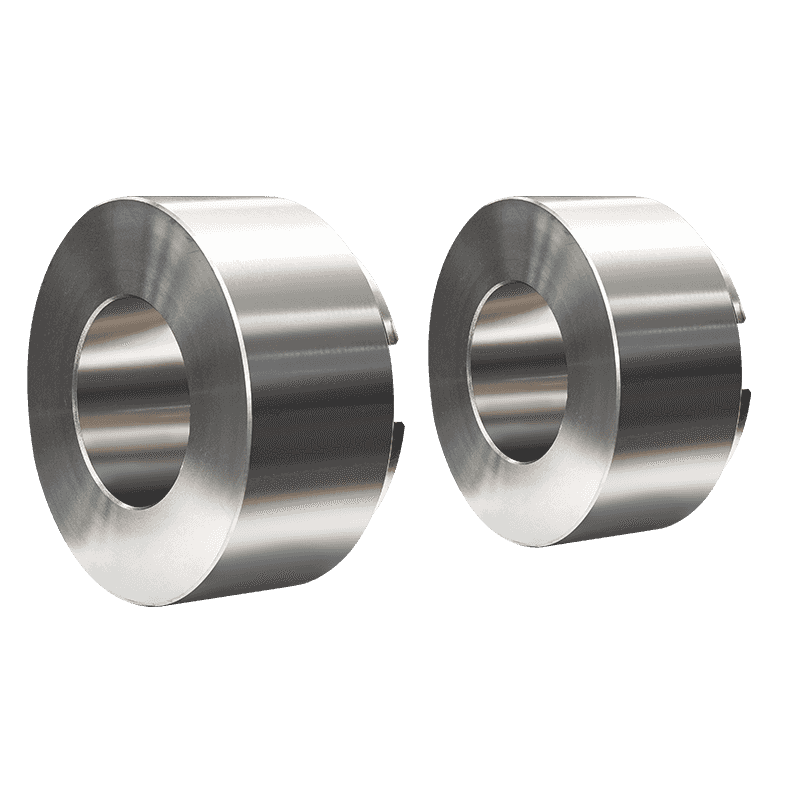
Selecting the Right Cast Steel Roll Ring
Choosing the optimal roll ring requires careful consideration of several factors:
Operating Conditions
Evaluate:
- Temperature range
- Load characteristics
- Contact pressures
- Environmental factors
Material Specifications
Key parameters include:
- Hardness requirements (Brinell or Rockwell scale)
- Impact toughness (Charpy values)
- Wear resistance indices
Dimensional Requirements
Critical measurements:
- Outer diameter tolerance
- Bore dimensions
- Face width
- Runout specifications
Maintenance and Service Life Extension
Proper maintenance can significantly extend the operational life of cast steel roll rings:
Regular Inspection Protocols
Implement a routine inspection schedule checking for:
- Surface cracks (using NDT methods)
- Wear patterns
- Dimensional changes
Proper Lubrication Practices
Use manufacturer-recommended:
- Lubricant types
- Application frequencies
- Delivery methods
Refurbishment Options
Common refurbishment techniques include:
- Hardfacing
- Machining to restore profiles
- Thermal spraying
Cost-Benefit Analysis: Cast Steel vs. Alternative Materials
When evaluating roll ring options, consider these key comparisons:
Cast Steel vs. Forged Steel
Cast steel offers:
- Better complexity in shapes
- More consistent properties in large sections
- Lower tooling costs for custom designs
Cast Steel vs. Composite Materials
Cast steel provides:
- Superior high-temperature performance
- Better impact resistance
- More predictable wear patterns
Future Trends in Cast Steel Roll Ring Technology
The industry continues to evolve with several emerging developments:
Advanced Alloy Development
New micro-alloyed compositions promise:
- Enhanced wear resistance
- Improved toughness
- Better corrosion protection
Digital Manufacturing Techniques
Incorporation of:
- Simulation-based design
- Predictive maintenance algorithms
- AI-driven quality control
Sustainable Production Methods
Eco-friendly initiatives include:
- Recycled material usage
- Energy-efficient heat treatment
- Reduced waste casting processes
Frequently Asked Questions
What is the typical lifespan of a cast steel roll ring?
Service life varies significantly based on application, but properly maintained cast steel roll rings typically last between 6-18 months in continuous operation before requiring refurbishment or replacement.
Can cast steel roll rings be repaired?
Yes, several repair methods are available including hardfacing, build-up welding, and machining. The appropriate method depends on the extent of wear and the specific application requirements.
How do I identify when a roll ring needs replacement?
Key indicators include excessive vibration, visible surface cracks beyond acceptable limits, dimensional changes affecting product quality, or wear patterns that cannot be corrected through normal maintenance procedures.
Conclusion
Cast steel roll rings represent a critical investment for industrial operations requiring durable, high-performance rolling components. By understanding the manufacturing processes, material properties, and proper maintenance techniques outlined in this guide, operators can maximize the value of their roll ring investments while minimizing downtime and operational costs.
As technology advances, we can expect even more sophisticated cast steel solutions to emerge, further enhancing the capabilities and longevity of these essential industrial components.

 English
English 中文简体
中文简体

